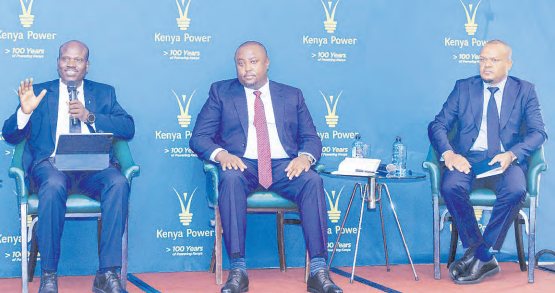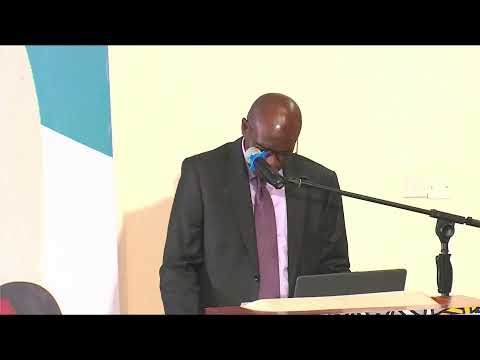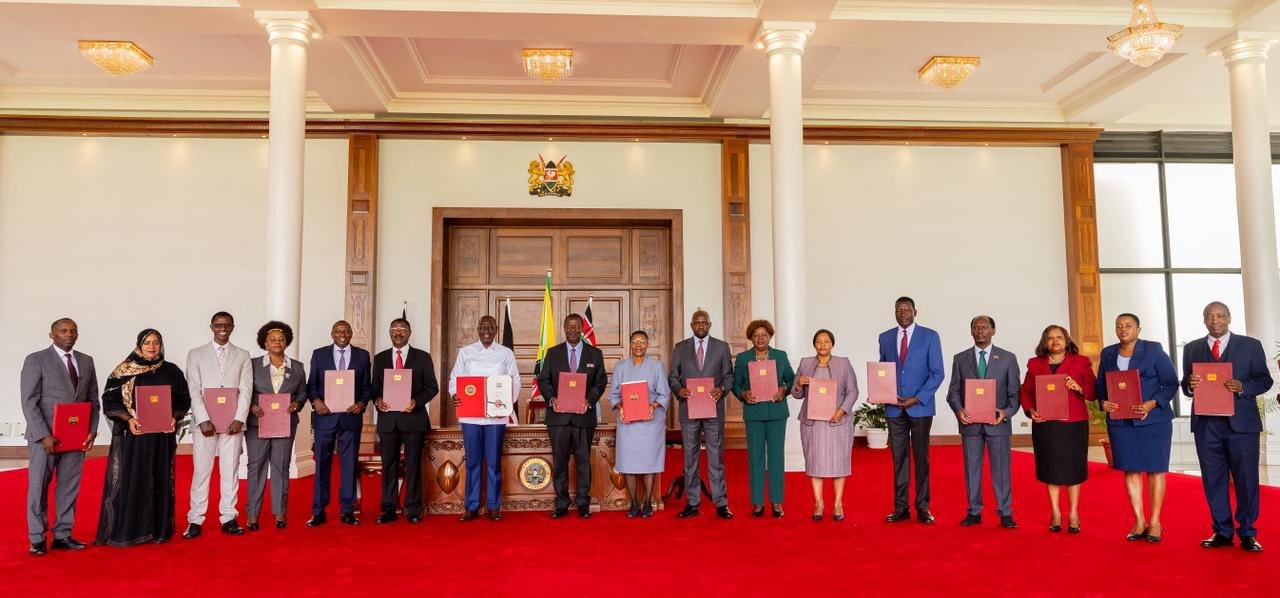

A weak shilling and increased
manufacturers’ demand provided
a windfall to independent power
producers, even as users bore the
brunt, according to Kenya Power’s
end-year results.
The financial results released Tuesday show the power retailer paid independent producers Sh150.6 billion in the year ended June 30, 2024, up from Sh143.58 billion.
“This growth was driven by additional units purchased to support rising demand, as well as the high exchange rate that prevailed earlier in the fi nancial year,’’ Kenya Power said.
This saw power users pay the highest Foreign exchange rate fluctuation adjustment (Fefra) in the early months of the financial year of up to Sh6.46 per unit, more than doubling the earlier rate of Sh3.17 per unit.
This notwithstanding, the listed firm sprang back from loss territory to post a record net profit of Sh30 billion, after posting a net loss of Sh3.2 billion in the previous financial year.
The shilling sunk to its lowest levels against major international currencies for the better part of 2023, trading 160 units against the greenback.
It has since gained a massive 21 per cent in the past eight months, with the Central Bank of Kenya (CBK) quoting it at Sh128.94 on Tuesday.
The Fuel Cost Charge (FCC), through which power sector players are reimbursed the cost of acquiring heavy fuel oil used by thermal power plants to produce electricity, also rose astronomically as thermal powers were activated to supply additional power to manufacturers.
The improved profitability was mainly supported by growth in revenue from electricity sales as well as decreased fi nance costs due to the strengthening of the shilling against major global currencies.
During the year, electricity sales increased by 21 per cent to Sh231.12 billion from Sh190.98 billion recorded during the previous trading year.
This growth is attributable to improved sales primarily from the 447,251 new customers connected to the grid during the year, as well as increased economic activities, particularly in the manufacturing sector.
Commercial and industrial, as well as domestic customer categories, recorded the highest growth in sales at 5.1 and 5.5 per cent, respectively.
Finance costs decreased by Sh24.84 billion, primarily driven by an unrealised foreign exchange gain of Sh7.88 billion, compared to a loss Sh16.87 billion in the previous period resulting from loan revaluations.
This gain was due to the appreciation of the Kenyan Shilling against the US Dollar and Euro, both of which represent approximately 90 per cent of the company’s loan portfolio.
“While the company’s revenues are denominated entirely in Kenya shillings, power purchases are predominantly paid in foreign currencies. As a result, the strengthening of the Shilling in the second half of the year led to an increase in the cost of sales that were lower than the revenue growth, thus contributing to the higher gross margin,’’ Kenya Power MD Joseph Siror said.
“This increase is attributed to a 92 per cent rise in wheeling charges for the expanding transmission network and the recruitment of additional technical staff to support business operations.Through careful cost management and zero-based budgeting, we aim to maintain stable margins despite infl ationary pressures,” said Siror.
To sustain the profitability, in the medium term, Kenya Power has identified key priority areas that will guide its business operations while consistently delivering value to its shareholders.
The strategic focus areas include financial sustainability, operational excellence, customer centricity, and strengthening of human capital. Kenya Power's share at the NSE closed at Sh5.24 having gained by 49.7 per cent in yesterday’s trading.



.jpeg&w=3840&q=100)










